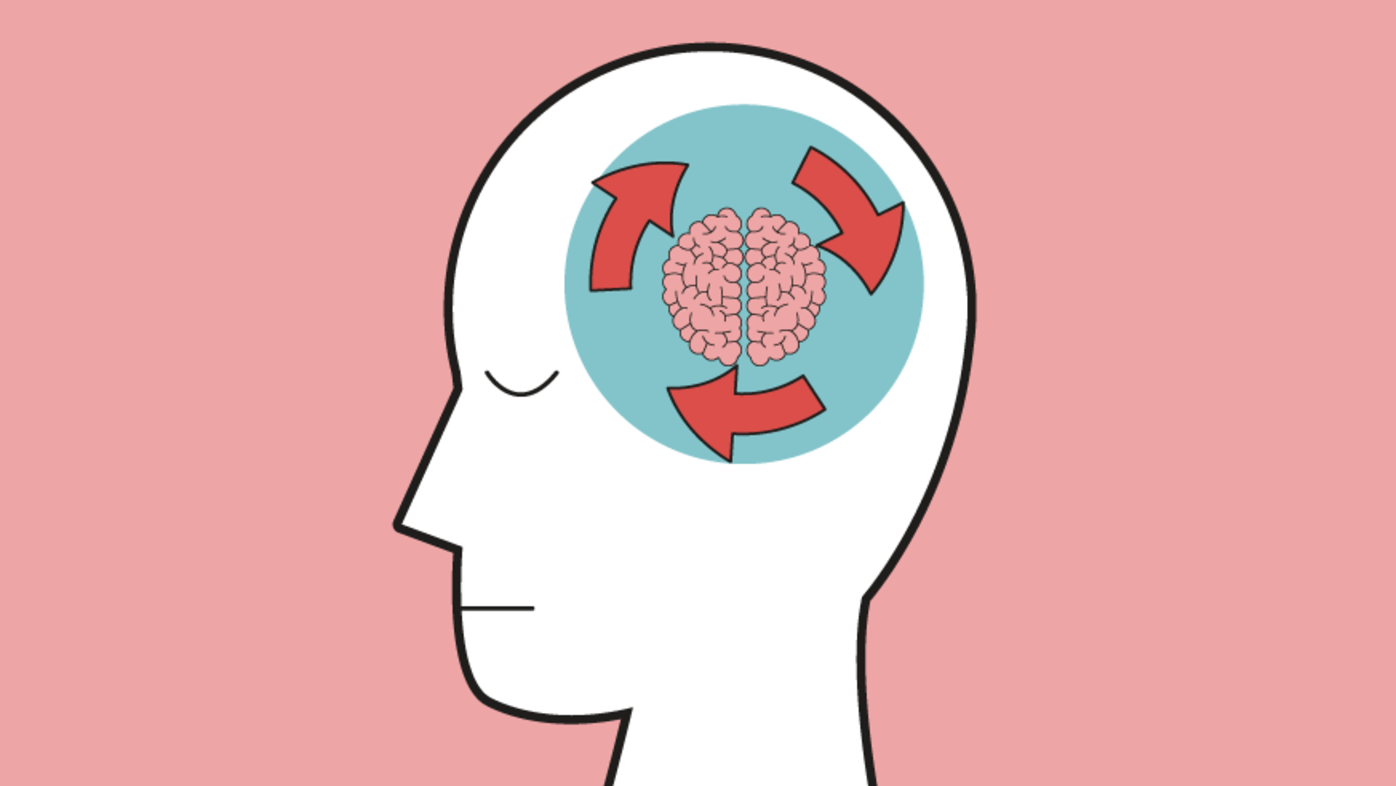
Memory loss? There’s a screening for that.
Why early detection of memory changes matters more than ever.
When people imagine someone with obsessive compulsive disorder (OCD), it is often based on what they see on TV — from repeatedly flicking the light switch on and off to washing hands over and over.
While those can be symptoms of OCD, there are many different ranges in severity and behaviors unique to each individual.
In the United States, OCD affects 1 in 40 adults — equally among men and women of all races and socioeconomic backgrounds.
Dr. Larkin Hoyt, director of outpatient services at Sharp Mesa Vista Hospital, breaks down obsessive compulsive disorder into its two aspects: obsessions and compulsions.
Obsessions
Mental health professionals define obsessions as the experience of intrusive and unwanted recurrent and persistent thoughts, images or urges that cause severe distress and anxiety. “Something to make note of is that these thoughts are not voluntary and they create no pleasure,” says Dr. Hoyt. “They cause severe distress and debilitating anxiety.”
Compulsions
Compulsions are rigid, repetitive behaviors such as handwashing or checking to see if the oven is off. “Compulsions not only manifest as behaviors, but also can be things that happen in the mind known as mental acts like praying over and over again or repetitive counting,” says Dr. Hoyt. “The compulsion often is accompanied by a set of rigid rules that must be carried out to help reduce the intensity of the obsession.”
According to Dr. Hoyt, these obsessions or compulsions are time-consuming and cause significant distress in an individual’s day-to-day functioning.
Although not official criteria for a diagnosis of OCD as defined by the Diagnostic Statistical Manual of Mental Disorders (DSM-5), the following symptoms are associated with the disease. These are specific to an individual’s unique experience, memories and perception.
Washers — Afraid of contamination, usually expressed by cleaning or compulsive hand-washing.
Checkers — Repeatedly check things that they associate with harm or danger, such as whether or not household appliances are turned off or the door is locked.
Doubters and sinners — Afraid that if everything isn’t perfect or done right, something terrible will happen or they will be punished.
Counters and arrangers — Obsessed with order and symmetry; they may have superstitions about certain numbers, sequences or colors.
If you have any compulsions or obsessions that interfere with daily life, talk with your doctor or a mental health professional.
Sometimes anxiety can be mistaken for OCD, but Dr. Hoyt notes a significant difference. “With general anxiety, the worries are often about real-life concerns whereas with OCD the worries are not as based in reality and are often odd, irrational and have a ‘magic-like’ quality to them with a compulsion that follows,” she says.
“The best way to manage anxiety is by self-monitoring your behavior and practicing mindfulness techniques,” says Dr. Hoyt. “I recommend seeking a medical evaluation if significant distress occurs.”
The goal with treatment is to improve daily functioning by reducing the time involved in the obsessions and compulsions. “By helping to resolve the underlying issues leading to and teaching strategies to interrupt the obsessions and compulsions, a person suffering from OCD can start living a fully functioning life with decreased anxiety and stress,” says Dr. Hoyt.
Learn more about mental health programs at Sharp Mesa Vista Hospital.

The Sharp Health News Team are content authors who write and produce stories about Sharp HealthCare and its hospitals, clinics, medical groups and health plan.

Dr. Larkin Hoyt is the director of outpatient services at Sharp Mesa Vista Hospital.
Our weekly email brings you the latest health tips, recipes and stories.